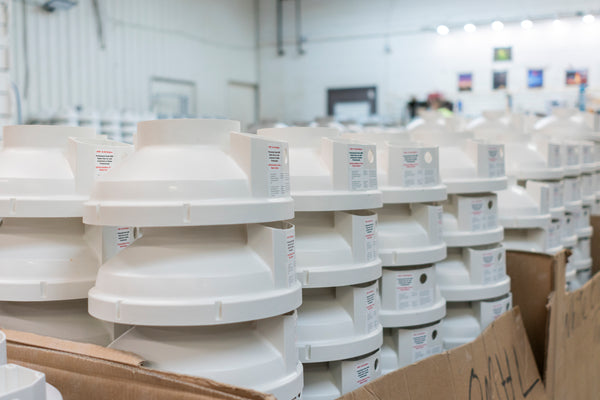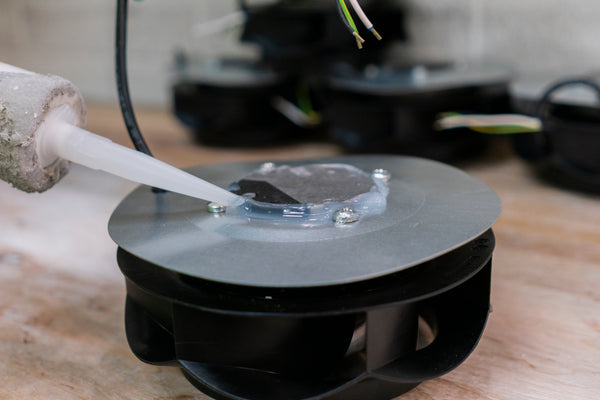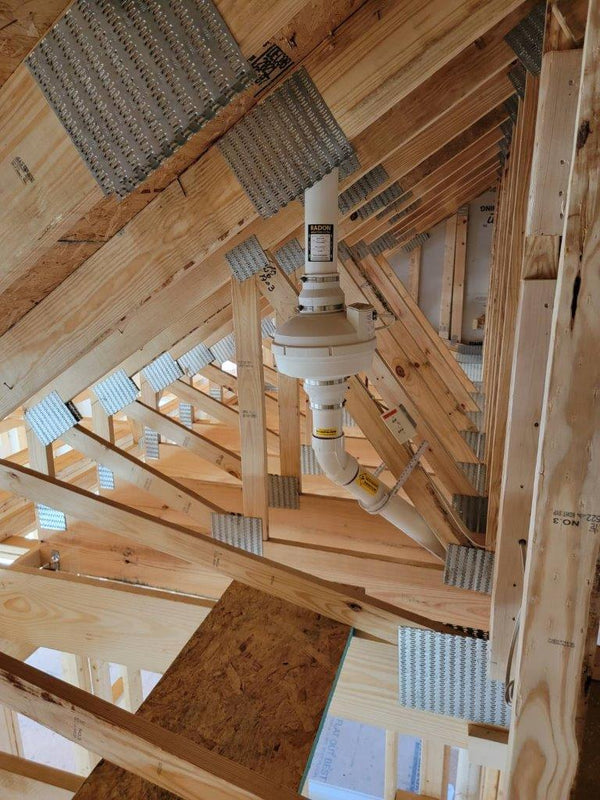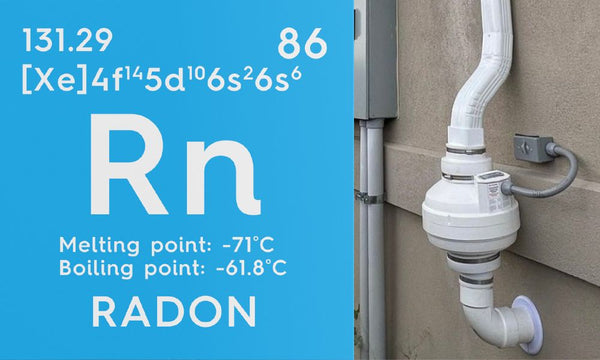
5 Frequently Asked Questions About Radon Gas
How much do you know about radon gas and its effects on your household? Because radon is odorless and colorless, many people don’t give it a second thought until they’re alerted to a problem. Equip yourself with the knowledge you need to keep your home safe and habitable by becoming more familiar with the most frequently asked questions about radon gas.
Where Does Radon Come From?
The soil surrounding your home contains several radioactive materials, including uranium. When uranium decays underground, radon is released as a by-product and moves through air pockets in the ground. This is why radon often seeps into homes through basements and ground levels.
When Should I Be Concerned About Radon Levels?
The United States Environmental Protection Agency (EPA) recommends that you actively mitigate radon levels when they surpass 4.0 pCi/L, or picocuries per liter of air. However, even radon levels of 2.0 pCi/L or less can be a health hazard that requires some mitigative action.
How Is Radon Bad for Me?
Long-term radon exposure is the leading cause of lung cancer among non-smokers in the US. Those radioactive particles that you can’t see, smell, or taste can get trapped in your lungs. As they decay inside your body, those particles release little bursts of energy that can damage tissues and cause cancerous growths to form.
Good To Know:
Unlike carbon monoxide poisoning, short-term radon exposure has no side effects like headaches or dizziness.
How Do I Know if I Have a Radon Problem?
You can use a home test kit to determine your indoor radon levels. Home radon testing is easy to do yourself—open the kit, place it on a table or countertop in the lowest lived-in level of your home, and let it sit. Some tests take only 48 hours to get an accurate reading, while others may take up to 60 hours. Once the test is complete, send the kit off to the laboratory according to the directions and you’ll receive results promptly in the mail.
Do I Really Need a Mitigation System?
If the results of your radon test indicate levels higher than 4.0 pCi/L, then yes, you do need an active radon mitigation system to reduce those levels. An active mitigation system includes a vent pipe that runs from a suction pit in your basement up to a radon fan outside your roof or a first-floor window. You can install a radon fan cover to protect your fan from the elements and keep it in good condition for years of effective radon mitigation.
Are you concerned about radon levels in your home but unsure of how radon works? These answers to frequently asked questions about radon gas provide basic knowledge that can help you make the best decisions about mitigating the radon in your own home.

